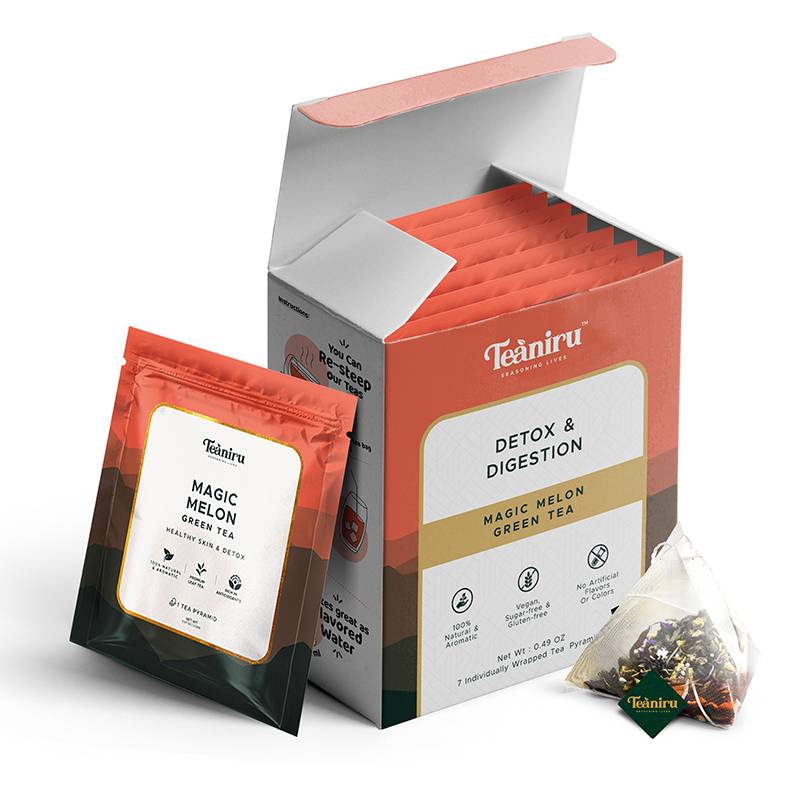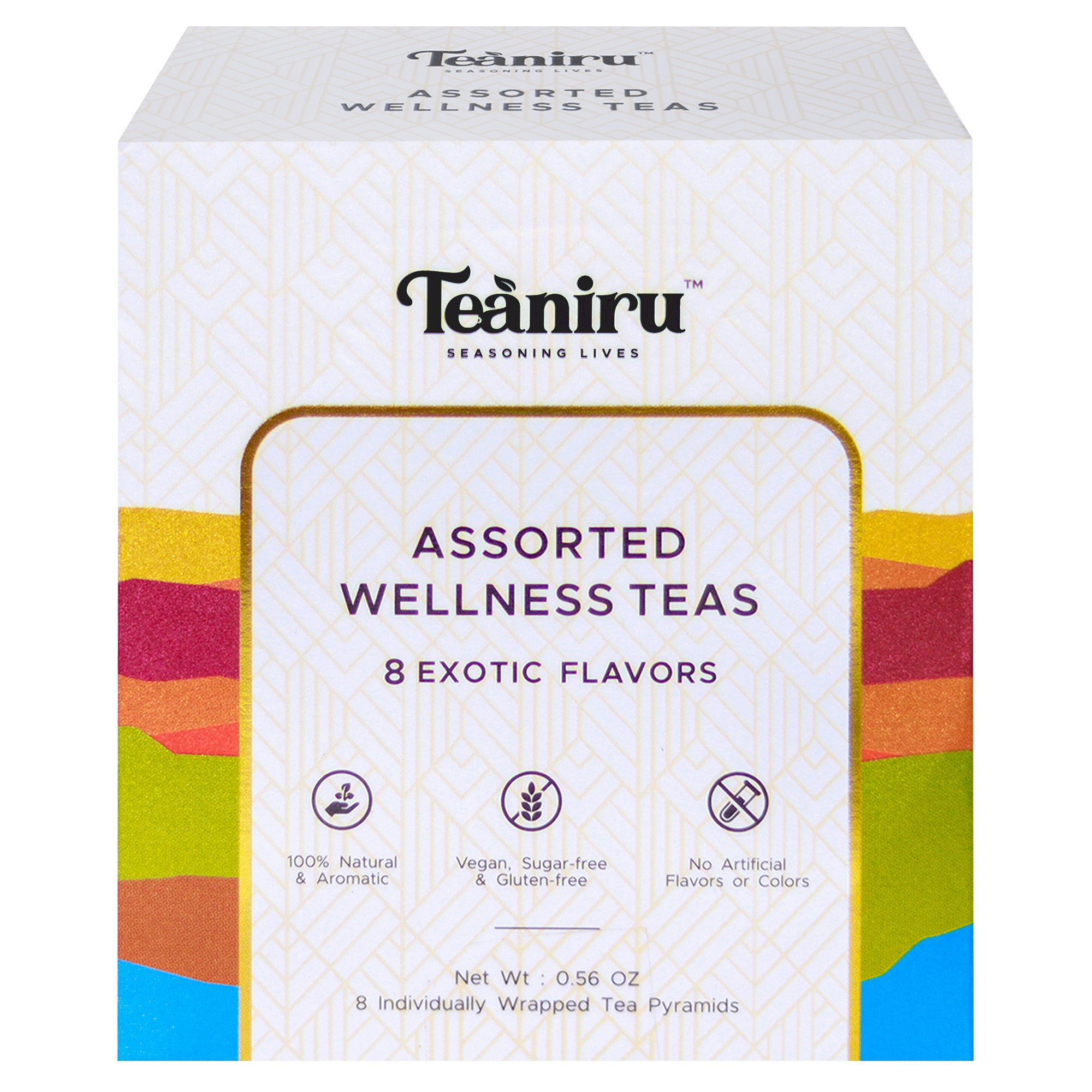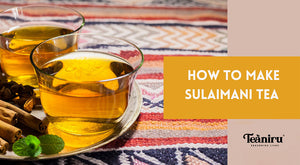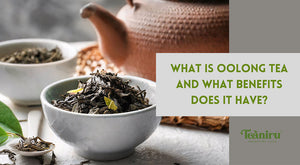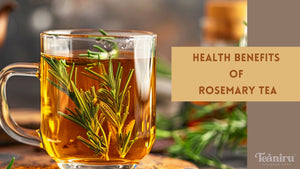You may also like
An easy guide to growing tea herbs in your garden
What are you growing this spring in your garden? Are you a tea lover? Do you want to try some of the best herbal teas? Then pick one from our unique herbal blends or grow your own.
Did we hear right, Is that yes? Then create a space for some magical herbs. It’s not just about picturesque perfect, it’s more about your health and you. Let’s go. Get the trowel in your hands and have some dirt in your tees.
CHOOSE THE RIGHT HERBS:
Look for herbs that are known for tea-making properties and easy to grow with low maintenance, such as mint, chamomile, lavender, lemon balm, and sage.
CREATE A SPACE
For better growth we do, need to create the right space for plants. As they need abundant amounts of sunlight and direction placement. Utilize your space efficiently, Herbs can be grown in pots, containers, raised beds, directly in the ground, or in your kitchen. And water enough as per the herb requires.
If you are planning to use containers to grow. Then follow these guidelines - Use galvanized steel tub and drill the holes in the bottom using a ¾ inch drill bit. While drilling wear gloves and Google.
Herbs to taste and smell better, we would suggest you go with organic soil that would contain great ingredients like compost and kelp meal, which will help them in providing sufficient nutrients to the herbs.
Top 5 beginner-friendly herbs
1. Mint

Mint has a long history as a healing herb. It acts as a natural relaxer that helps to smooth the muscle of your gut. It may also benefit you in liver and gallbladder health.
It’s a die-hard herb and easy to grow, it’s low maintenance. Bear in mind, it’s better to grow mint pot as it grows more and will overtake the whole gardening space.
To make a tea:
A tea with mint, you just need to add boiling water, black loose-leaf tea, fresh mint, and sugar or honey.
2. Chamomile
Chamomile grows best in well-drained soil with plenty of sunlight, so choose a spot in your garden that receives at least six hours of direct sunlight per day.

You can plant chamomile seeds directly in the ground, or start them indoors and transplant them once they have sprouted. Make sure to keep the soil moist until the seedlings are established.
Chamomile flowers are ready to harvest when they are fully open and the petals are white with a yellow center, pick the flowers in the morning, after the dew has dried but before the heat of the day sets in.
Chamomile has calming and soothing properties, as a tea it’s the best way to intake it.
To make a tea:
A tea with chamomile flowers, you just need to add: chamomile flowers in hot water for 5-10 mins, then strain and enjoy. You can infuse it with mint and lavender to add more taste.
3. Lavender

A plant that is praised for its scent, it’s used in a pollinator-friendly garden and it has medicinal uses. The best time of year to do that is going to be very early spring, lavender grows well in raised bed grounds, which helps to give the plant time to establish its root and set itself for the growing season.
Plant two to three feet away from the next plant and place it in a space that will receive abundant sunlight and in a southern-faced direction. Clay or heavy soil will be the best way to amend that.
Being mindful, while growing in the winter season, you can grow lavender in a container that will be easy for you to change its place when it rains or in low temperatures.
To make a tea:
A tea with lavender, you just need to add: lavender buds to tea balls, and boiling water.
4. Lemon balm

Lemon balm shines bright as a gentle nervine herb that works to calm and soothe anxiety. It’s incredibly supportive of the immune system due to its volatile oils, and also it is a refreshing and mood-lifting herb tea drink.
And it’s a fantastic natural insect repellent. Spring would be the best season for you to sow the seeds indoors, the grown young plants can be later placed outdoors. For fresh leaves, cut those flowers after grown. Use containers or pots to protect them from low temperatures.
To make a tea:
A tea with lemon balm iced tea, you just need to add: cold water, a black tea sachet, and lemon balm leaves. If you need you can add freshly picked lemon for additional flavour.
5. Sage

Sage tea is a traditional remedy for sore throat and cough. It is rich in aroma properties of thujone, camphor, terrore and can be used as inhalation with tea from a tubule.
Loose soil and abundant sunlight would be best for sage as that will increase the flavor of sage. And too much water will kill the herb.
To make a tea:
A tea with sage, you would just need to add: hot or cold water, and sage leaves. Or if you need you can add lemon to taste better.
DO YOU KNOW THESE DRINKS ARE NOT TEA?
Yeah, you heard us. It is called Tisanes, because it is the infusion of leaves, flowers, and fruits. Unless it is fusions with camellia sinensis( green tea, black tea, white tea, oolong tea)
DO YOU KNOW THE BEST HERBAL TEA?
Rooibos herbal tea is rich in antioxidants and it highly supports heart health and also skin. Rooibos extracts are used in cosmetics to enhance the skin.
And as it has abundant polyphenols it is praised for its beneficial properties such as protecting against free radical damage and anticancer.


